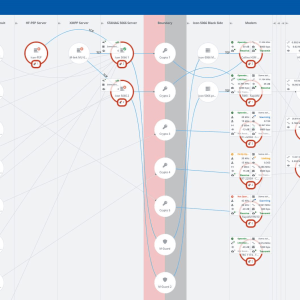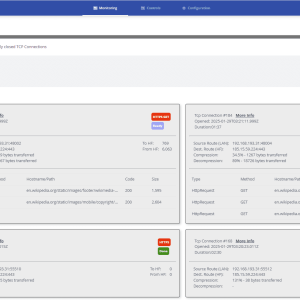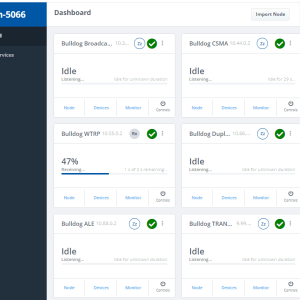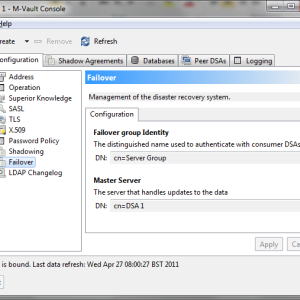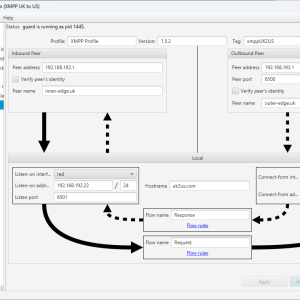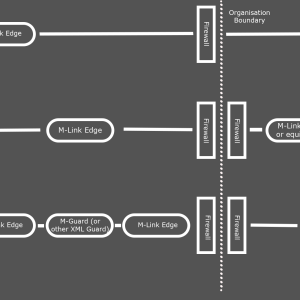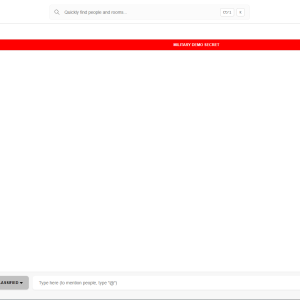XMPP a ‘Notable Interoperability Highlight’ at CWID 2010
The Coalition Warrior Interoperability Demonstration (CWID) is an annual demonstration that showcases information-sharing technologies that can be used by militaries and other government agencies to fill existing operational capability gaps.
Initiated by the US, CWID includes participants from the UK, Australia, Canada and a number of Nato nations. It has a particular focus on initiatives that represent technically mature capabilities that can be moved into operational use in the near term.
At this year’s CWID trials Isode M-Link XMPP servers and Isode’s M-Vault enterprise LDAP / X.500 directory, together with products such as XMPP clients and secure gateways from other vendors, were used to demonstrate one-to-one messaging and multi-user chat across different Nato security domains. This met one of CWID’s key objectives, to improve information-sharing between disparate security domains in an operational environment.
The demonstration provided and achieved:
- A single, centrally administered, governing security policy based on the open XML SPIF-standard
- Security policy equivalency mapping between local and foreign security policies
- Open standards security labelling of all data
- Secure federation of identity and their bilaterally agreed attributes across all domains
- Transport level secure trusted federation between UK, Nato and US-domains
- Single sign-on authentication with GSSAPI / Kerberos V5 and UK defence PKI, ensuring data integrity and confidentiality between clients and servers; applications and infrastructure services
- Support for JChat (Nato) and Transverse (US) XMPP clients
- Security clearance on room discovery and entry
- Support for emerging standards in improving communications across constrained links
The open standards-based approach demonstrated at CWID 2010 is now seen as the preferred way forward for military and intelligence organisations aspiring to have real-time sharing of digital information across multiple security domains with varying classifications and policies.
We’re indebted to QinetiQ for identifying this solution to a current capability gap and pulling together the products from UK SMEs for this demonstration and to Alan Ross of SMHS for his hard work in defining and implementing the architecture needed to achieve the demonstration goals.
A pdf-version of the detailed technical report on the cross-domain chat demonstration is available from the CWID site as is the assessment briefs booklet, which lists the XMPP trial as one of the notable interoperability highlights.


